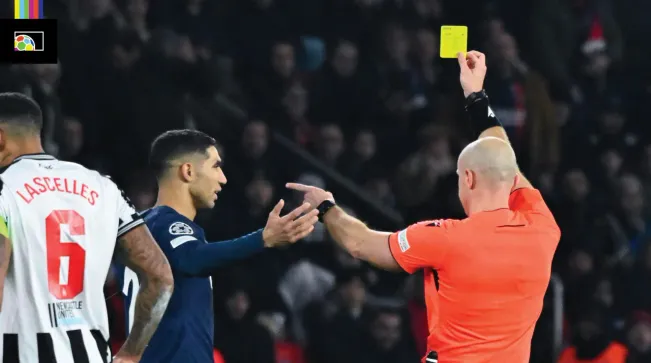The world of soccer has plenty of acronyms fans are familiar with. FIFA, EPL, MLS, CONCACAF, USSF, and many more comprise the alphabet soup of entities that govern the sport. But one that isn’t so familiar is the IFAB – the International Football Association Board. But what is the IFAB, and why should you care?
What is the IFAB? The rule makers, that’s what
To understand the IFAB, you have to understand the origins of the game. As association football evolved in the late 1800s, different nations sometimes used slightly different rules. This was a less-than-ideal situation, so the solution was to create a body that could standardize the laws of the game.
The four Football Associations of England, Wales, Scotland, and Ireland – where the game originated – first met in 1886 as equal voting members of the IFAB.
When FIFA was formed in 1904, they decided that they would follow the laws of the game set forth by the IFAB. Nine years later, FIFA representatives were added to the IFAB.
Fast-forward, membership has slightly changed. After the Irish partition, the Northern Irish FA took the Irish place on the Board. The new Republic of Ireland FA was denied membership however in 1923.
Since 1958, voting on changes to the laws of the game requires a three-quarters majority. The four FAs each have one vote, while FIFA has four. This means six votes are needed to approve a change, and neither the FAs nor FIFA can act unilaterally.
New laws, or changes, usually take effect each July 1 after they have been approved.
Why the IFAB matters

Will some yellow cards carry an added penalty soon? If so, thank the IFAB.
When the rules change in soccer, those changes originate with the IFAB.
Love, or despise, the addition of the Video Assistant Referee (VAR)? Goal and offside checks? You can thank the IFAB for those.
Recently, it has been announced that “sin bins,” or temporary dismissals, will be allowed to be trialed in higher-level competitions starting in 2024. This comes after grassroots-level experiments with the law since 2019. Borrowed from rugby and similar to a hockey “power play,” a sin bin is designed for fouls somewhere between a standard yellow card and a red card offense. A player is sent off the field for an amount of time (10 minutes at present) and then may return to the match. Like any rule change, it has its detractors and proponents.
Another change potentially on the table is to the offside rule. Effectively, the law change would make it so that if any legal goal-scoring body part of an attacking player is in line with the last defender, they would be considered onside. This is in contrast to the current rule, where if any part of the attacker is behind the defender, they are offside. This would, in theory, result in fewer plays (and goals) called back by the offsides flag. All while keeping the spirit of the original rule intact.
If deemed successful at lower levels, changes like these could make their way into the official laws of the game and thus, into the most prestigious competitions like the World Cup, Premier League, and Champions League.
Photos: Imago.














